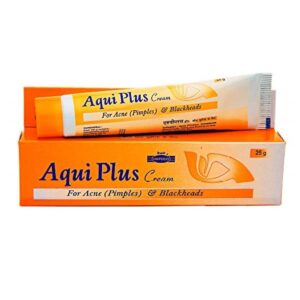AYURVEDIC + CREAM
Ayurvedic: Ayurvedic is not actually a drug. Instead, it refers to a traditional system of medicine that originated in India over 3,000 years ago. Ayurveda focuses on the balance between mind, body, and spirit to promote overall health and well-being.
Ayurvedic medicine includes a wide range of therapies and treatments, including herbal remedies, diet and lifestyle modifications, meditation, and yoga. The use of Ayurvedic treatments is personalized to an individual’s unique constitution or “dosha.” The three main doshas are Vata, Pitta, and Kapha, and each person is believed to have a unique combination of these doshas.
The mechanisms of action for Ayurvedic treatments vary depending on the specific remedy being used. Herbal remedies in Ayurveda often involve multiple plant ingredients that work synergistically to promote health and balance in the body.
There is no standard dose for Ayurvedic treatments as they are highly individualized. The dosage and duration of treatment depend on factors such as the person’s constitution, the specific ailment being targeted, and the practitioner’s recommendations.
While Ayurvedic treatments are generally considered safe when used under the guidance of a qualified practitioner, there have been reports of side effects, including allergic reactions and toxic effects. The use of certain Ayurvedic herbal preparations has also been associated with the presence of heavy metals, such as lead, mercury, and arsenic, which can have harmful effects on health.
It is essential to consult with a qualified Ayurvedic practitioner or healthcare professional before using any Ayurvedic treatments. They can provide personalized guidance based on individual needs and help ensure the safe use of Ayurvedic remedies.
Cream: Cream is a common pharmaceutical dosage form that is widely used for topical application to the skin. It can be used for a variety of purposes including moisturizing, soothing, and treating skin conditions such as rashes, eczema, or other dermatological disorders. Creams are typically made by combining a hydrophilic base (water-based) with a lipophilic ingredient (oil-based) to create a smooth and easily spreadable consistency.
The mechanism of action of creams depends on the active ingredients they contain. For example, if the cream contains an antifungal agent, it will work by inhibiting the growth of fungi on the skin. If the cream includes a corticosteroid, it will reduce inflammation and relieve itching. Other creams may contain antibacterial agents, immune-modulating drugs, or emollients to provide additional benefits.
The dose of cream required depends on the specific condition being treated, the severity of the symptoms, and the patient’s age and overall health. It is important to follow the instructions provided by the healthcare professional or those mentioned on the packaging. The cream is generally applied to the affected area of the skin and gently massaged until fully absorbed. Frequency of application can range from once or twice daily to multiple times a day, again depending on the condition being treated.
Adverse effects of creams are generally minimal and rare. However, some common side effects may include skin irritation, redness, burning or stinging sensation, itching, or dryness at the application site. If these side effects persist or worsen, it is advisable to consult a healthcare professional. In some cases, allergic reactions or hypersensitivity to the ingredients in the cream can occur, leading to more severe side effects such as swelling, rashes, or difficulty breathing. If any serious side effects are experienced, immediate medical attention is necessary.
It is important to note that creams should be used as directed and only on the skin for which they are intended. They should not be ingested or applied to open wounds, broken skin, or areas near the eyes, mouth, or nose unless specifically instructed by a healthcare professional.

